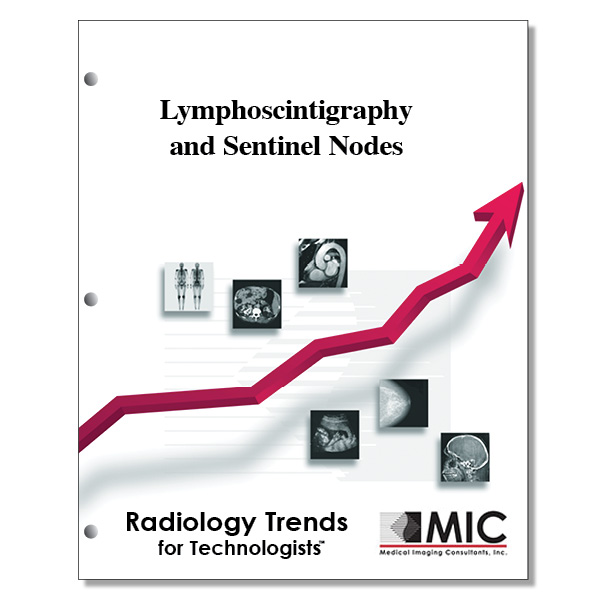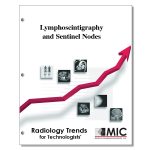

Lymphoscintigraphy and Sentinel Nodes
A discussion of sentinel lymph node procedures that include lymphoscintigraphy in the setting of malignancies to the skin, breast, head, and neck.
Course ID: Q00458 Category: Radiology Trends for Technologists Modalities: CT, Mammography, Nuclear Medicine, Radiation Therapy2.0 |
Satisfaction Guarantee |
$24.00
- Targeted CE
- Outline
- Objectives
Targeted CE per ARRT’s Discipline, Category, and Subcategory classification:
[Note: Discipline-specific Targeted CE credits may be less than the total Category A credits approved for this course.]
Mammography: 1.00
Procedures: 1.00
Mammographic Positioning, Special Needs, and Imaging Procedures: 1.00
Nuclear Medicine Technology: 1.50
Procedures: 1.50
Endocrine and Oncology Procedures: 1.50
Registered Radiologist Assistant: 1.00
Procedures: 1.00
Thoracic Section: 1.00
Outline
- Introduction
- Lymphoscintigraphy in SLN Procedures
- Procedure for SLN Lymphoscintigraphy
- Radiopharmaceuticals and Injection Parameters
- Imaging
- Cancer Indications
- Breast Cancer
- Melanoma
- Head and Neck Malignancies
- Radiation Risks
- Summary
Objectives
Upon completion of this course, students will:
- be familiar with the validation of SLNB for breast cancer
- be familiar with the growth and development of lymphoscintigraphy
- be able to identify who is credited with the introduction of SLNB based on radiotracer techniques
- be familiar with techniques used to minimize pain during lymphoscintigraphy
- be able to identify the radiopharmaceuticals used to perform lymphoscintigraphy
- be familiar with the injection technique for performing lymphoscintigraphy in patients with melanoma
- be familiar with the injection techniques for performing lymphoscintigraphy in patients with breast cancer
- be familiar with the different imaging techniques employed in lymphoscintigraphy
- be familiar with the imaging procedure used to perform lymphoscintigraphy on patients with melanoma
- be familiar with the planar projections acquired when performing lymphoscintigraphy on patients with breast cancer
- be familiar with the technique for skin markings once SLNs are visualized on lymphoscintigraphy
- compare the patient outcomes between SLNB and ALND
- be familiar with the aims of SLNB in regards to false-negative rates
- identify the clinical circumstances in which SLNB is utilized
- be familiar with the criteria for performing SLN procedures for multicentric breast cancer
- be familiar with the use of neoadjuvant chemotherapy
- be familiar with the benefits of SLNB as compared to ALND
- identify the clinical trial with the lowest false-negative rate in Table 1
- identify the false-negative rates of the various clinical trials
- be familiar with the lesion characteristics used to stage the invasiveness of melanoma
- be familiar with the criteria for performing SLNB in patients with melanoma
- identify the ability of elective complete lymph node dissection to reveal metastases in melanoma patients
- identify the percent of risk associated with melanoma thickness of greater than 4mm
- be familiar with the primary goal of the Multicenter Selective Lymphadenectomy Trial 1
- be familiar with the design question of the Multicenter Selective Lymphadenectomy Trial 2
- be familiar with criteria for using SLNB in patients with oral squamous cell cancer
- be familiar with the advantages of using SPECT/CT when performing head and neck lymphoscintigraphy
- be familiar with a method to reduce potential contamination when performing head and neck lymphoscintigraphy
- identify the radiopharmaceutical that has been FDA-approved for use in the management of oral squamous cell carcinoma
- be familiar with the use of SLNB for lymph node staging in breast cancer and melanoma
